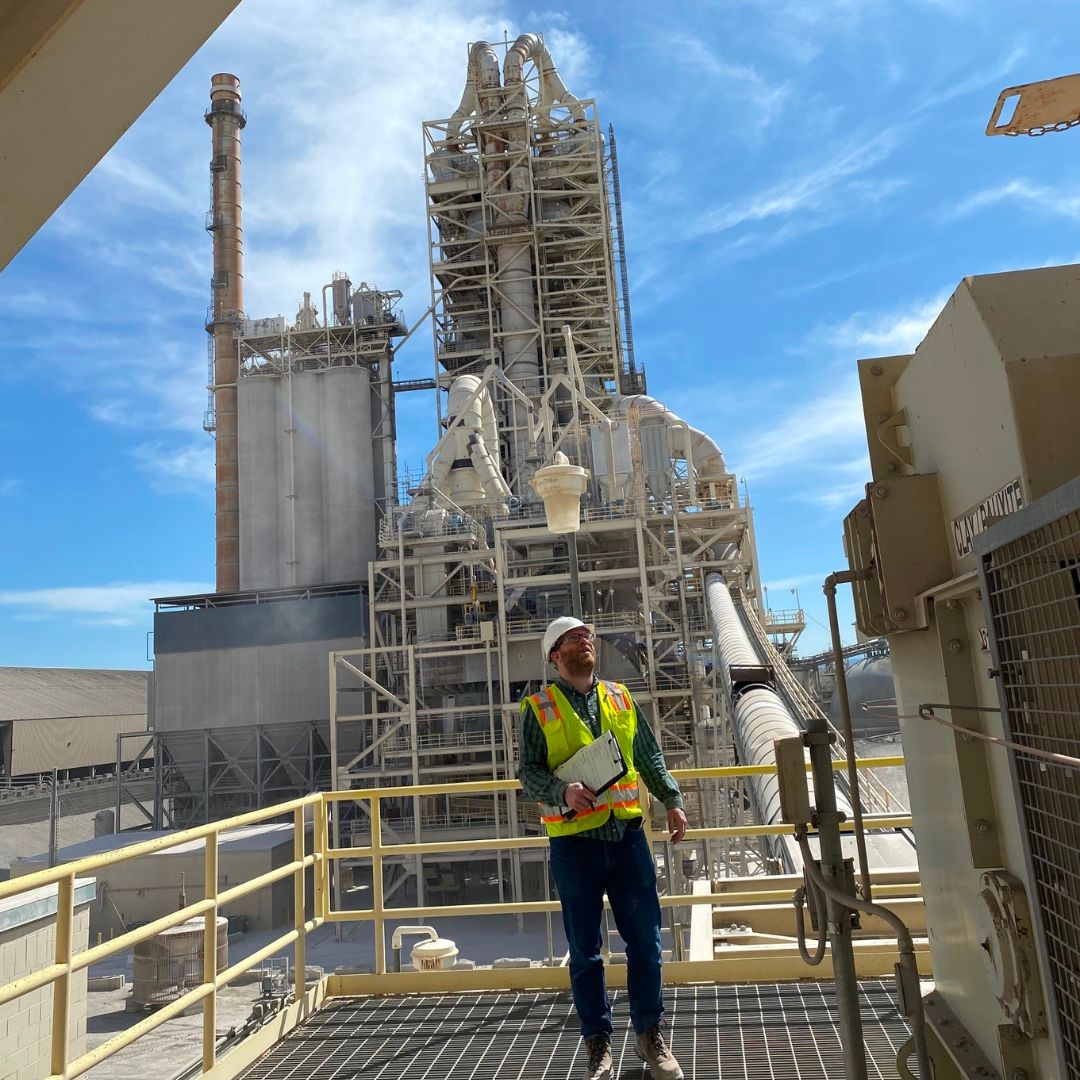
Decarbonizing cement production is critical. It is one of the largest sources of global carbon dioxide and equivalent emissions, accounting for 7% -8% of all greenhouse gas emissions worldwide. Cement is the critical binding ingredient in concrete, the most-used building material in the world at 30 billion metric tons per year and increasing quickly as nations develop and grow. To address this issue, decarbonizing the cement industry is of paramount importance and there are strategies to get started today.
Energy efficiency is the most cost-effective method of decreasing Scope 1 (emissions at the cement plant) and Scope 2 (at electricity plants) emissions without decreasing production. These efficiency technologies are available now.
A large percentage of cement plant emissions come from the natural gas used to heat cement kilns. Therefore, Cascade has recommended energy efficiency measures for natural gas emissions (Scope 1) at our customers’ sites including:
Electricity used to power cement plants is another large source of emissions (Scope 2) created by cement plants. Electricity’s carbon intensity varies by electric utility and region, and even by time of day, depending on the fuel mix for electricity production. Electricity efficiency strategies that Cascade Energy has developed at our customers’ sites include:
Through measures such as these, Cascade Energy has identified 50 million kWh of potential savings per year at 4 cement plants, representing 8.5% of their total electric usage, 24,000 MT CO2e (in the CAMX eGRID subregion), and approximately $10 million in avoided energy costs.
Carbon content of concrete can be decreased at local concrete batching plants, by substituting fly ash or slag for some of the (limestone) cement in the mix. Both of these methods can have a marked influence on decarbonizing the cement industry.
Fly ash can actually improve the strength of concrete. However, fly ash is a by-product of coal burning. Because of this, it will likely be scarce over time as coal-fired electric plants are shut down.
Slag is a by-product of steel production. While it results in weaker concrete, it may still meet structural requirements depending on its usage. This opportunity is available now and understood by most structural engineers.
In the manufacture of Portland cement, carbon is emitted when limestone (calcium carbonate) and clay are heated to the high temperatures necessary for the formation of cement. For each tonne of cement produced, 600 kg of carbon is released. This release accounts for approximately 3/4 of cement plants’ emissions.
Generally, not yet ready for market are numerous strategies in development for decarbonizing the cement industry in this kiln process. One important possibility is carbon capture and sequestration with a capture mechanism in the kiln chimneys. Cost-effective options for capture are not yet available, though federal funding might speed innovation and development. Additionally, more efficient kiln technologies are on the way.
Alternatives to limestone that have lower carbon content are also being studied. It has been found that Belterra clay, a common material found in bauxite mines, can replace 50% to 60% of the limestone in cement and can be fired at far lower temperatures than limestone. Together, this can reduce kiln emissions by two thirds. Other stones with lower carbon content than limestone are being looked at as well.
The cement industry can and should start its decarbonization journey today. Energy efficiency, because of its low costs and sometimes immediate payback, will be a net profit generator for those companies that get started now, making them more competitive in the marketplace. Work is also needed to speed up the pace of innovation to eliminate emissions from the limestone calcination process in cement kilns. Ventures through federal funding and directly by the cement industry will reward not only the cement industry, but all who use its products.